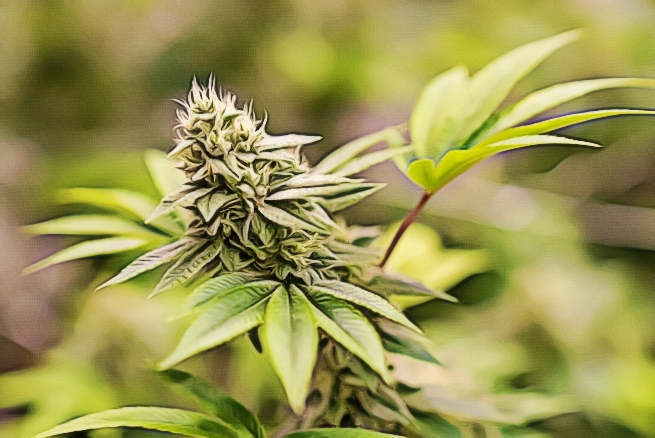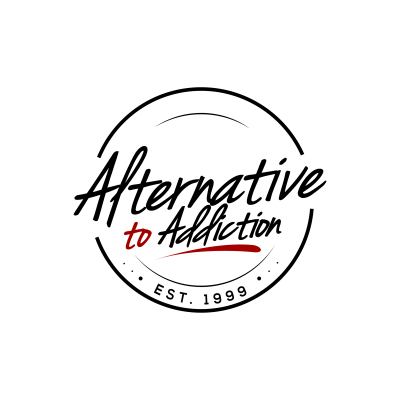Most people are keen to find ways to spice up their everyday lives. Whether it’s discovering hidden spots, trying exciting new food, or trying new experiences, people enjoy infusing thrill in their day-to-day activities to avoid getting sucked into monotonous routines. Although there are many different ways to entertain oneself, people often turn to hallucinogens to chase that stimulation.
Unfortunately, hallucinogens are often abused, resulting in many trips to the emergency room. Although some hallucinogens are legal, they can still be problematic and result in severe side effects, apart from substance abuse and addiction. Despite users—primarily teenagers—taking advantage of these ‘legal highs’ because they’re more widely available, they often end up needing medical treatment.
What are Hallucinogens?
Hallucinogens are a classification of drugs that often warp or cause significant distortions in a person’s perceptions of reality in the form of hallucinations. When under the effects of hallucinogens, users may hear sounds, feel sensations, or even see and observe images that aren’t occurring but feel real to them.

Most hallucinogens contain nitrogen and are thus classified as alkaloids. Many of these have similar chemical structures to natural neurotransmitters, like serotonin, catecholamine, and acetylcholine.
Legal Hallucinogens
Generally speaking, hallucinogens are illegal, although this varies according to each country’s laws and regulations. Lysergic acid diethylamide, known as acid or LSD, is being studied in Switzerland for its anti-anxiety properties when used in tandem with psychotherapy. However, in the United States, it’s deemed to be illegal and contains no medicinal value.
However, some hallucinogens are legal in the United States because of their medicinal properties, such as dimenhydrinate. Known as Dramamine, it is an over-the-counter drug that is often prescribed to treat nausea and motion sickness and combines diphenhydramine and 8-Chlorotheophylline to produce its intended effects. Dimenhydrinate induces feelings of euphoria and hallucinations, which is why Dramamine is classified as a hallucinogen. Although there is a safe dosage prescribed for children, many teenagers far exceed this to abuse the drug.

Meanwhile, Benadryl, also known as diphenhydramine, is an antihistamine available for purchase over the counter. Although it’s meant to alleviate allergic reactions, it can cause hallucinations and even feelings of euphoria when taken in large doses. Given its availability, many teenagers abuse Benadryl.
Another legal hallucinogen available in the US is dextromethorphan or DXM, found in regular, non-prescription cough syrup. When taken in small doses, it effectively stops cough symptoms. However, when taken in large amounts, it becomes a dissociative anesthetic. The hallucinations it produces are similar to those of classic hallucinogens, like psilocybin mushrooms or LSD. Unfortunately, fatally overdosing on DXM is possible, so strict regulations are in place to control cough syrup consumption.
What are the Types of Hallucinogens?
Hallucinogens can be derived from plants and mushrooms or be man made. They are often divided into classic hallucinogens like LSD and dissociative drugs like Phencyclidine or phenyl cyclohexyl piperidine, known as angel dust. Both types of hallucinogens can send users into intense emotional swings.
Some of the most commonly abused hallucinogens are DMT or dimethyltryptamine, LSD, marijuana, PCP, mescaline, psilocybin mushrooms, and ayahuasca. DMT, also known as Dimitri, is a chemical naturally found in different Amazonian plant species. Once it is chemically synthesized, it takes on a powder form with white crystals, often vaporized or smoked in a bong or pipe.

Ayahuasca is a South American entheogenic brew that comes from plants containing DMT and a particular Amazonian vine that alters how the digestive system breaks down DMT. People often consume ayahuasca through teas.
LSD is a chemical manufactured from ergot, a fungus found on some grain types. It is the most potent hallucinogen that profoundly changes the way users perceive reality while also altering their moods. It comes in many different forms, such as a white powder or clear liquid that doesn’t smell like anything. It also comes in capsules. However, users commonly take LSD through small squares of gelatin or blotter paper, which they will place on their tongue or swallow.
Marijuana is one of the most popular drugs available, and its active ingredient is THC or delta-9 tetrahydrocannabinol, which interacts with cannabinoid receptors in the brain. Although it is the most significant ingredient in marijuana, it contains more than 400 different active substances and 60 other cannabinoid molecules. Although many people use marijuana as a recreational and medicinal substance, people have also reported feelings of heightened anxiety and paranoia, along with hallucinations. Many people often experience time distortion, which is part of its hallucination effects.
Mescaline is another hallucinogen derived from plants; in this case, it is the main ingredient in the peyote cactus. The disc-shaped ‘buttons’ on top of these plants contain mescaline, which is then dried out and then chewed or soaked in liquid to produce a hallucinogenic beverage. It can also be chemically synthesized.
PCP is a dangerous man made hallucinogen that was initially developed as an anesthetic but was discontinued in 1965 due to its adverse side effects. It is now an illegal street drug in liquid form or a white powder. Users often snort, inject, smoke, or swallow these to experience the out-of-body sensations commonly associated with the drug. However, large doses of PCP can be fatal and often results in severe mental problems.
Lastly, psilocybin is a substance naturally occurring in mushrooms, often called “shrooms.” When taken in large doses, they produce similar effects to LSD. They can be consumed fresh, dried, mixed with food, or brewed into tea.
Hallucinogens Effects
Hallucinogens are known to alter users’ perceptions since they interact with the brain’s neural circuits, particularly those in the prefrontal cortex, which is responsible for processing cognition, mood, and perception functions. These drugs affect serotonin in particular, so people feel euphoric under the influence of hallucinogens. These rapid, intense happy feelings often lead people to addiction, requiring a rehab center’s help.
The short-term effects of hallucinogens include seeing, hearing, and feeling things that appear to be very real but are not. These sensations are real only to the individual, but other people cannot experience them. These altered perceptions are hallucinations, which often begin from 20 to 90 minutes after consumption. They can last up to 12 hours.
What makes hallucinogens problematic is that the effects tend to be incredibly unpredictable, as it all depends on the user’s mood, personality, environment, and expectations. Since they can warp the user’s ability to think logically, communicate properly, and recognize reality, it can quickly lead to dangerous situations. While users can enjoy a mentally stimulating high, some can grapple with terrifying thoughts, heightened panic and anxiety, and despair. Many other short-term effects include dizziness, sleeplessness, loss of appetite, numbness, dry mouth, impulsiveness, increased blood pressure, and heart rate.
Conclusion
Although hallucinogens can produce euphoric and pleasurable feelings in the short-term, it often leads to substance abuse, spiraling users into an addiction. Hallucinogens are incredibly dangerous because they can lead to drug-induced psychosis, especially since users cannot distinguish between their hallucinations and reality. By understanding the full picture of hallucinogens, you can stay away from the drug and help your loved ones seek the help they need to stop using it.




